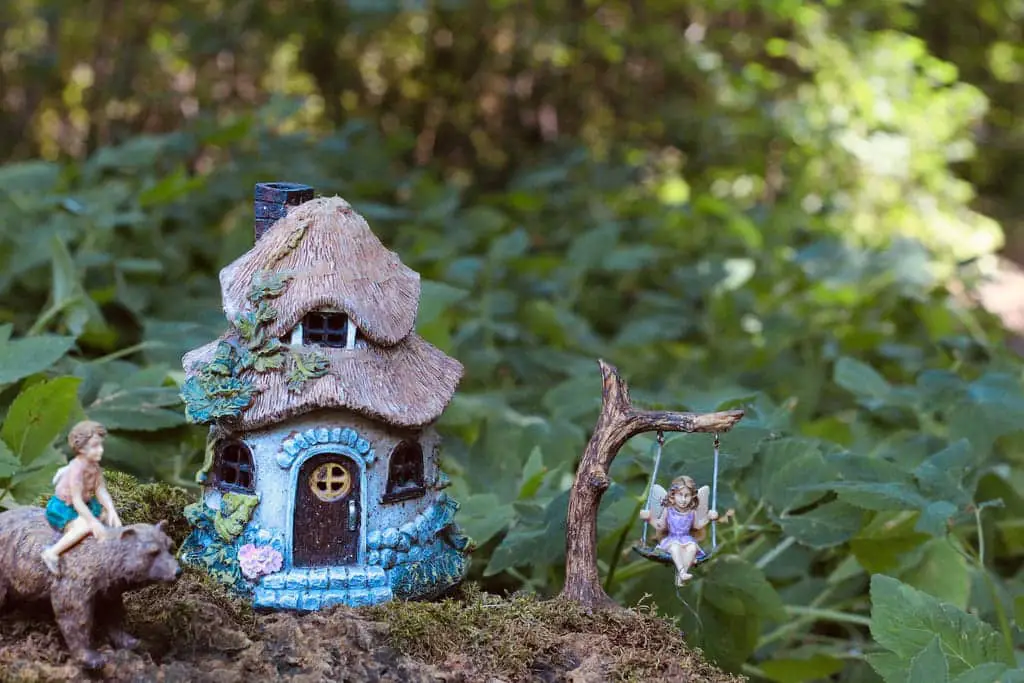Creating a fairy garden is an enchanting project that can add a magical touch to any space, whether it’s a small corner of your apartment or a dedicated section of your backyard. This guide will delve into the myriad of plants and flowers that are not only aesthetically pleasing but also suitable for the unique conditions of a fairy garden.
Selecting the Base: Ground Cover Plants
Ground cover plants are essential in fairy gardens for creating a lush, verdant base that looks both natural and whimsical. Irish moss (Sagina subulata), for example, offers a soft, carpet-like texture and grows well in shady areas, making it perfect for fairy gardens that don’t receive direct sunlight. Another excellent choice is creeping thyme (Thymus serpyllum), which not only provides a dense green mat but also blooms with tiny, fragrant flowers that attract beneficial insects to your garden.
Adding Color and Texture with Flowers
Flowers are the jewels of any fairy garden, and selecting varieties that bloom in different seasons can keep your garden vibrant year-round. Miniature roses are classic and can be pruned to stay small while offering a variety of colors. Pansies are another great option, as they come in many colors and can tolerate the partial shade that many fairy gardens are located in.
For texture, consider lamb’s ear (Stachys byzantina), known for its velvety, silver-gray leaves that feel just as magical as they look. Pair it with snapdragons (Antirrhinum), which add vertical interest and come in a plethora of colors to match any fairy garden theme.
Incorporating Structural Plants
Structural plants serve as the architectural backbone of a fairy garden. Dwarf conifers such as junipers or spruces can be shape into miniaturized trees and provide a year-round green structure. Ferns like the maidenhair fern (Adiantum) offer delicate, feathery fronds and thrive in moist, shady areas, making them ideal for creating a woodland fairy setting.
Fragrance and Sensory Delight
Incorporating plants with sensory appeal not only enhances the beauty of your fairy garden but also makes it a more immersive experience. Lavender (Lavandula) is excellent for adding a soothing fragrance and attracting pollinators. Herbs such as thyme and mint can also be use creatively in fairy gardens for their pleasant aromas and practical uses in cooking.
Choosing Plants for Longevity and Ease of Care
While aesthetics are crucial, choosing plants that are easy to maintain and suitable for your climate will ensure that your fairy garden thrives. Succulents, for example, are hardy and require minimal water, making them ideal for areas prone to drought. Sedum, with its water-storing leaves, is another excellent choice for both ground cover and vertical accents in dry conditions.
Conclusion
A fairy garden offers a unique blend of creative expression and gardening. By selecting the right plants and flowers, you can create a captivating landscape that invites both admiration and interaction. Remember to consider the size, climate, and sunlight available in your chosen area to ensure that your plants thrive and your fairy garden continues to enchant for years to come.


